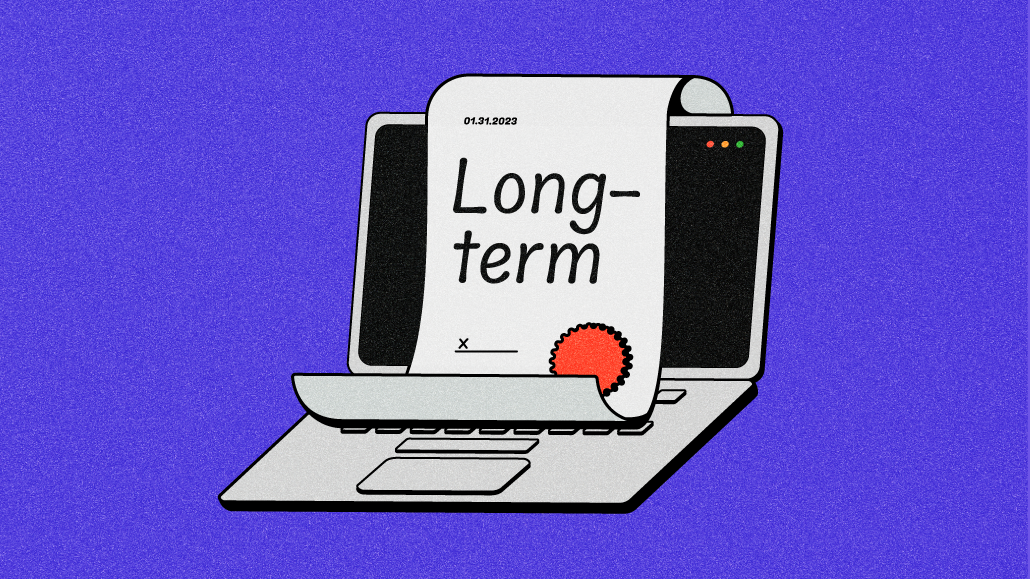Marketers seek agency-of-record relationships with influencer agencies as influencer marketing matures

As influencer marketing matures, marketers are seeking longer-term relationships with influencers themselves as well as influencer marketing agencies.
Agency execs at influencer marketing agencies say that they’ve seen a significant uptick over the last 18 months and, even more so, at the end of 2022 in requests for proposals for agency-of-record relationships with brands. The move comes as marketers are moving away from a project-based approach to a more long-term vision with influencer marketing agencies participating in strategy meetings along with other agencies rather than being an afterthought.
“Influencer [agencies] are now being given a seat at the table,” said Danielle Wiley, CEO of influencer marketing shop Sway Group. “We’re participating in more inner agency meetings, monthly meetings where all the agencies are coming together.”
Defining the relationship
As marketers look to work more directly with influencer agencies — previously, other agencies like media, PR or digital shops that brands work with would tap influencer agencies — the relationship is getting more formalized and those influencer agencies are part of more overall strategy meetings.
“We have probably 10 AOR RFPs that are in the door right now in the U.S. and then we have some others globally,” said Sadie Schabdach, EVP Influencer Marketing at Dentsu Creative, adding that the shift has happened as influencer marketing has become table stakes for brands. “It’s been an uptick consistently for the first two-and-a-half years. We’ve seen a steady influx.”
Some influencer marketing agency execs see this move for AOR relationships, longer-term contracts as a natural shift as influencer marketing has grown and brands tend to work on an annual basis.
“It’s just a more formalized marketing channel for brands now,” said Vickie Segar, founder of influencer marketing agency Village Marketing, adding that the shop is getting more AOR requests as more money is spent on influencer marketing from major marketers. “It’s been a slow roll, but as we entered the 2023 fiscal for brands, we started to see this shift more predominantly.”
In 2022, influencer marketing accounted for $16.4 billion in ad spending, up from $13.8 billion in 2021, according to Influencer MarketingHub data. The continued increase in influencer marketing spending comes at a time when marketers are scrutinizing budgets more closely given the current economic environment. Some see the shift to long-term relationships with influencer agencies as well as influencers as part of a push by CFOs and procurement to consolidate and centralize the process.
“Now the challenge is how do we centralize things to ensure that we haven’t got different agencies paying the same influencers and sort of competing with each other,” said Nick Cooke, co-founder of influencer shop Goat, adding that “there’s basically been this disjointed way of working.” At the same time, as influencer marketing budgets are growing, CFOs and procurement teams are taking note. “There’s now suddenly scrutiny on it saying, ‘Oh wow, this has gone from 2% of our budget to 15% in an 18 month period,’” said Cooke.
‘Trends come in a cycle’
Aside from the push for AOR relationships with influencer agencies, execs say that the ask for longer-term partnerships with influencers has also increased.
“Influencers have been pushing this for a while,” said Segar. “And brands are slowly increasing the amount of long-term partnerships as budgets are moving to our space and as more competitors are entering. They have influencers that want to lock down category exclusivity — which they do so by consistent buys (this only works for some product types).”
Agency execs expect this shift to continue this year as influencer marketing continues to mature and marketers seek more long-term formalized relationships. With bigger budgets come more scrutiny as CFOs seek to understand where dollars are going, what the metrics of success will be and what the overall plan is, according to agency execs.
Even as marketers push for this, some aren’t certain it will stay this way.
“We see this cycle every few years,” said Jonathan Chanti, president of Viral Nation Talent and chief growth officer of Viral Nation Group. “Traditionally, brand ambassador space, long-term, was the only way to go. Then the creator economy changed that. There were more short-term relationships. Then it got back to long-term. Then micro-influencers and nano-influencer exploded and became more short-term. Now back to longer partnerships. Trends come in a cycle.”
More in Marketing

TikTok pushes deeper into AI-powered ads amid uncertainty over U.S. ban
TikTok has big plans for Smart+ and search this year, despite its ongoing legal battle.

Sam’s Club sees initial success with digital checkout
Sam’s Club’s CFO said at an investment conference that “if we fast forward into the future,” there will probably be no checkout registers.

How employment is projected to transform in media during the AI era
Experts offer pointers on how to future-proof your career or re-enter the job market in a period of disruption.






